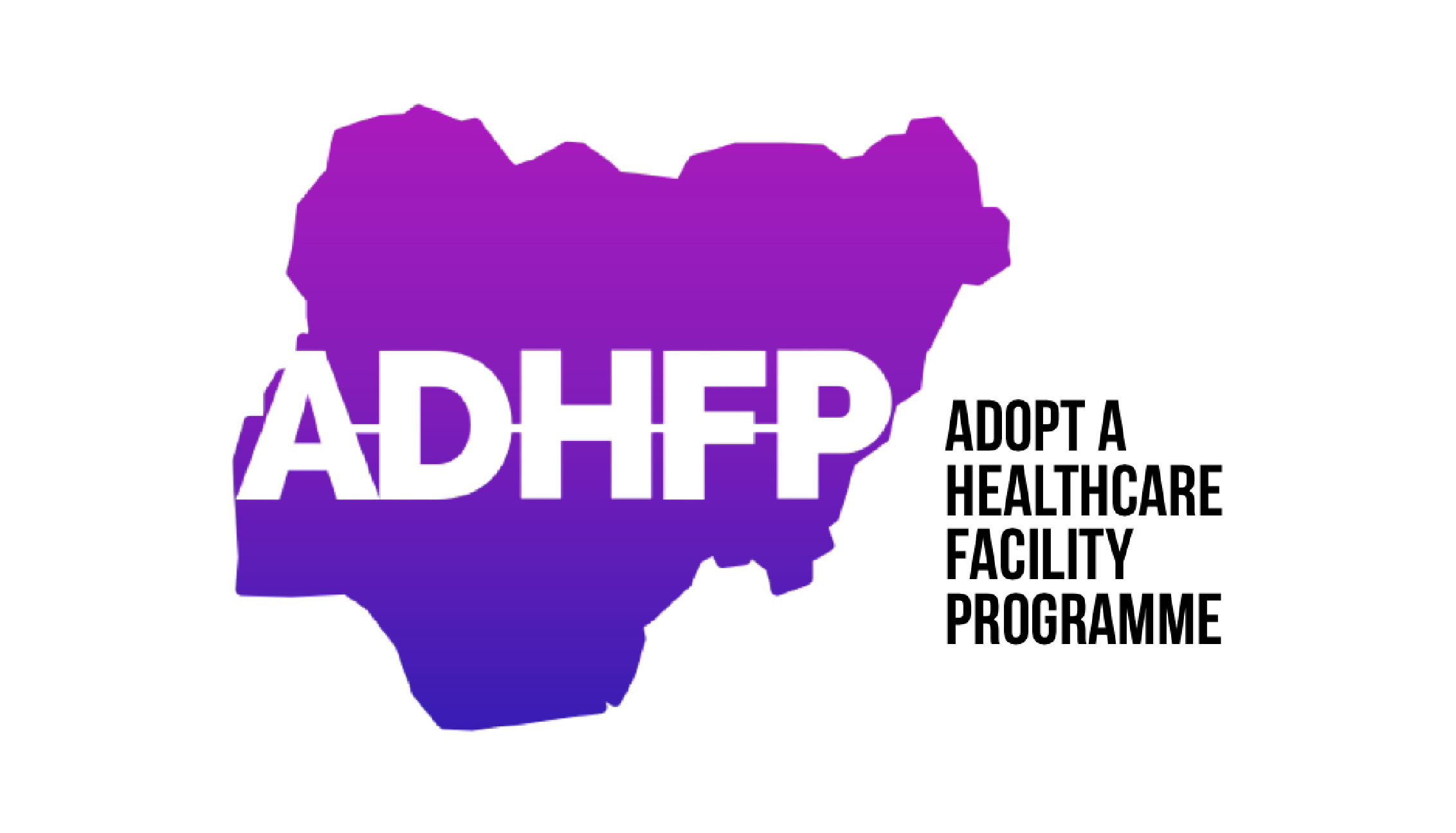
Addressing Tuberculosis in Pediatrics: Taking Steps Towards a Healthier Future
Despite the progress made in combating Tuberculosis (TB) globally, the burden of this infectious disease remains significant, particularly among vulnerable populations such as children. According to the World Health Organization (WHO), Nigeria ranks among the top six countries with the highest TB burden worldwide.
TB is primarily transmitted when a person with TB of the lungs coughs or sneezes, releasing Mycobacterium tuberculosis (MTB) into the air. Healthy individuals can become infected by inhaling these TB germs. The risk of developing TB disease is increased in individuals with conditions such as HIV/AIDS, malnutrition, and extremes of age.
Pediatric TB is a critical concern as children under the age of five faces a higher risk of developing active TB disease and more severe forms of the illness. The challenge lies in diagnosing TB in young children, as it can be arduous due to the nature of their disease, making early detection and treatment even more crucial. Diagnosing TB in children poses unique challenges. Infants and young children are often unable to produce the sputum sample required for conventional testing. Symptoms of TB in children are also nonspecific, resembling those of other common childhood illnesses. As a result, TB is frequently misdiagnosed or not diagnosed at all. This delay in diagnosis increases the risk of disease progression, transmission, and poor treatment outcomes.
To diagnose TB in children, a combination of bacteriological and radiological investigations is necessary. Bacteriological investigations include GeneXpert MTB/RIF, culture and drug susceptibility testing, and AFB microscopy. Radiological investigations such as chest X-ray, computed tomography scan, magnetic resonance imaging, and ultrasound can provide valuable insights. Additional tests, like the Mantoux test and histology, may also be considered.
The World Health Organization’s (WHO) End TB Strategy, along with the United Nations High-Level Meeting (UNHLM) on TB, has set ambitious targets to combat the disease, emphasizing the importance of preventive therapy. By 2022, it is projected that 4 million children under five should receive TB preventive treatment globally. To achieve this, a collaborative effort is required from healthcare providers, policymakers, and the community as a whole.
To ensure the success of TB preventive treatment, it is crucial to strengthen screening and diagnostic capacities, particularly for young children. Timely identification of TB infection in children can help avert new pediatric TB cases and decrease the overall burden of the disease.
Additionally, it is vital to enhance awareness and education about TB among parents, caregivers, and communities. By promoting knowledge about the symptoms, transmission, and prevention of TB, we can empower individuals to seek early medical attention for their children and adhere to treatment plans.
Furthermore, collaboration between healthcare providers, community organizations, and government agencies is essential for scaling up TB preventive treatment efforts in Nigeria. By working together, we can ensure the availability and accessibility of pediatric TB preventive treatment across the country, ultimately reducing the impact of this preventable and treatable disease. Together, let us take steps towards a healthier future, free from the burden of TB for our children.
